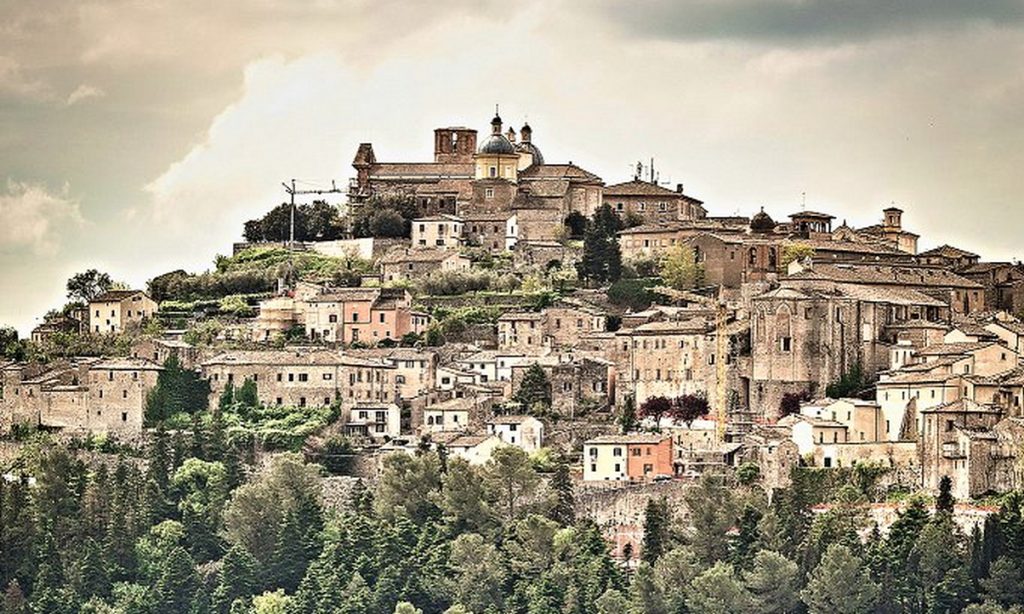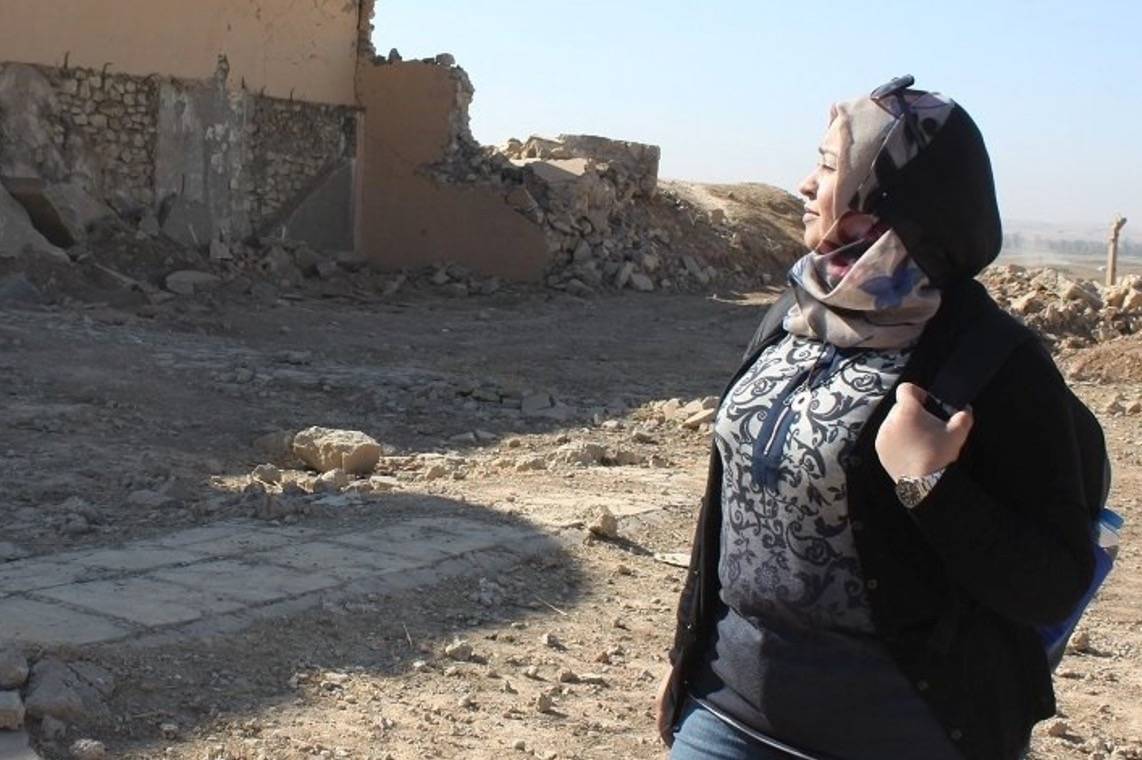Experts Investigate World Art Crime in Amelia

Amelia is a historic town in the Umbria region of Italy founded around 1200 BCE. On June 23-25, it hosted the 8th annual conference for the Association for Research into Crimes against Art (ARCA). Although the topics varied within a wide range about art crimes, the conference paid special attention to the Middle East and protecting its archaeological and art heritage.
The topics covered are all very appalling to talk about, but a necessary issue to discuss. The Swiss did research and found that one of every six pieces of artwork (paintings, sculptures, and antique artifacts) are not the original. They are forgeries. Regardless of this being true, there are not many people or agencies fighting against art fraud. This is not acceptable because there are scientific advancements that enable us to examine the origin of paintings. They are capable of determining if the pigment is the original and if it was something the artist was even able to use in his time. Tests can also determine if the canvas was woven by hand or a machine. However, even with these advancements galleries and museums don’t seem to perform the tests on new pieces they acquire.
The ARCA conference was held in close proximity to the archaeological museum at Amelia’s Boccarini college. Speakers included the ARCA CEO Lynda Albertson, archaeologist Layla Salih, and Dr. Maamoun Abdulkarim, Director-general of Antiquities and Museums in Syria. Dr. Maamoun Abdulkarim spoke about the illicit trafficking of rare and historically important objects from Syria. The talks delved deep into Syria’s history of being laundered and looted.

The conference is promising because of who is in attendance each year. The people that go are those that study and value art, culture and history, in an attempt to learn and combat world art crime. There are students and specialists that come from universities in the U.S., Europe, New Zealand and Australia. To prepare for the conference, they study criminology theories, the history of art crime, museum heists and gallery sales. Overall, the speakers and people in attendance discuss to learn what art crime means on an international scale for history and the future.

